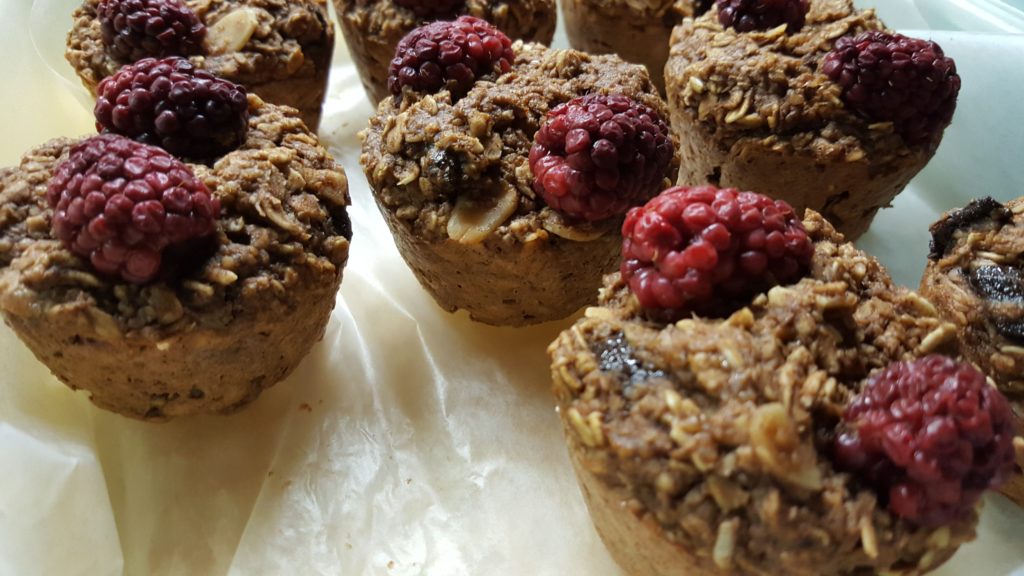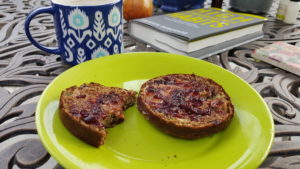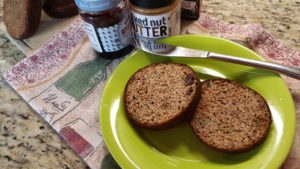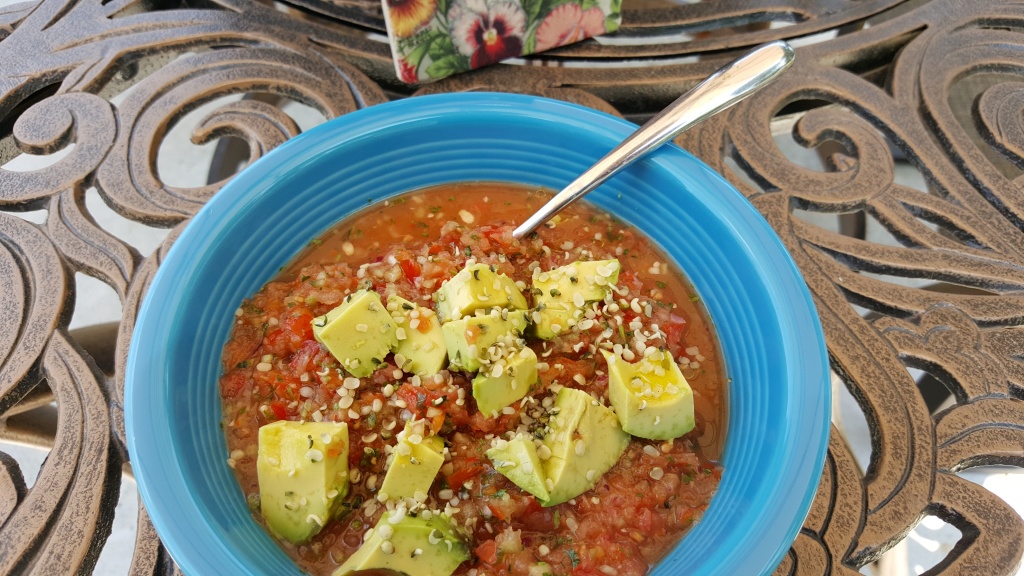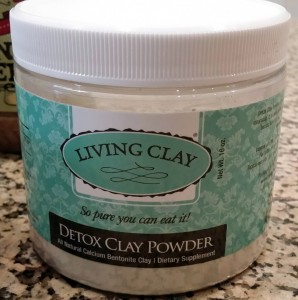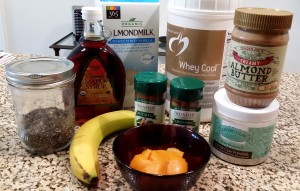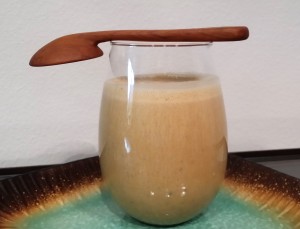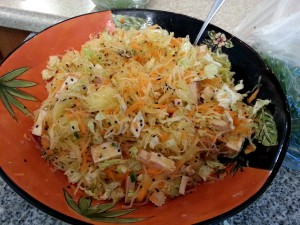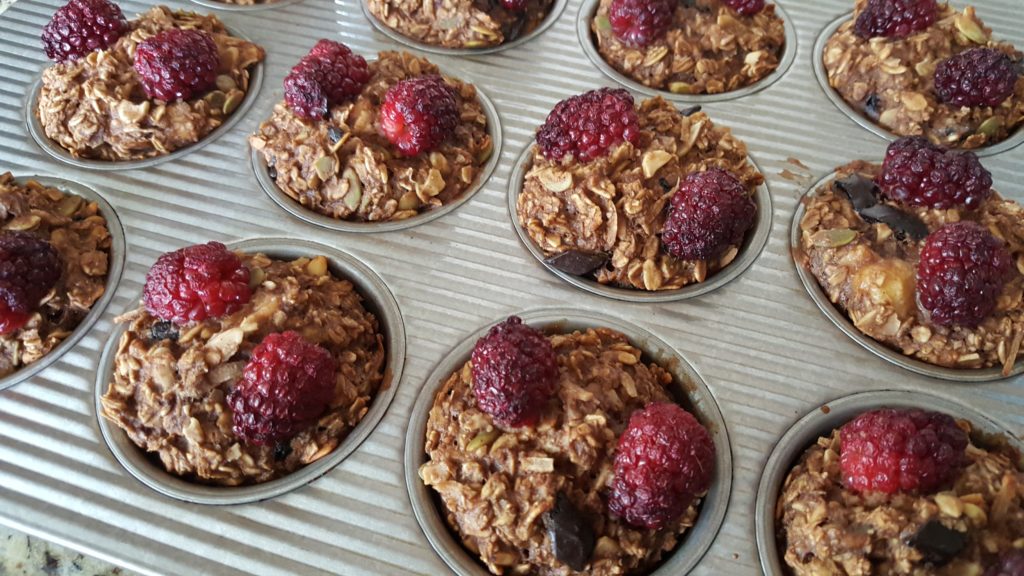 Two days ago, I was wearing shorts, and yesterday and today, I’m in autumn and winter gear as the weather has changed drastically here in Austin. When I was living in New England, the change of the seasons from summer to autumn triggered a ravenous appetite in me and so foods that I wasn’t normally eating throughout the summer suddenly appealed to me—like oats. A warm bowl of oatmeal with nuts, seeds, spices, and fruit would inevitably hit the spot. To prepare the oats, like the few grains that I do eat now, I would soak them overnight in water with a little lemon juice or apple cider vinegar to make them more digestible, then rinse them and add my favorite milk and toppings.
Two days ago, I was wearing shorts, and yesterday and today, I’m in autumn and winter gear as the weather has changed drastically here in Austin. When I was living in New England, the change of the seasons from summer to autumn triggered a ravenous appetite in me and so foods that I wasn’t normally eating throughout the summer suddenly appealed to me—like oats. A warm bowl of oatmeal with nuts, seeds, spices, and fruit would inevitably hit the spot. To prepare the oats, like the few grains that I do eat now, I would soak them overnight in water with a little lemon juice or apple cider vinegar to make them more digestible, then rinse them and add my favorite milk and toppings.
The recipe below replicates a bowl of oatmeal, in muffin form as there is no added sugar or flour, although I have added eggs to keep them together. Rather than soaking the oats in water, I soak them directly in the milk to save time (similar to making overnight oats that are popular now). They’re sweetened with mashed banana and a touch of blackstrap molasses and in this version, I’ve added a few chunks of chocolate—just because. And since it’s pumpkin season, the next batch will have pumpkin in them!!
I love these with sunflower seed butter and one fills me up for the entire morning. They also make a great snack. They’re chewy, crunchy, slightly sweet from the chocolate, and tangy from the blackberries, although you can add other berries directly to the batter.
Rustic Oat Muffins
2.5 c rolled oats
1.5 c nut milk
1 c mashed banana
1 T blackstrap molasses
2 eggs
2 t cinnamon
½ t nutmeg
½ tsp pumpkin pie spice
1 T cocoa powder
½ t sea salt
2 t baking powder
½ c ground flax
¼ c sliced almonds
¼ c shredded, unsweetened coconut
½ c fresh or frozen blueberries, blackberries, or raspberries
¼ c chocolate chips (optional)
coconut oil for greasing muffin tins
Combine the oats and nut milk in a glass bowl and allow the oats to soak at RT for a couple of hours. Alternatively, soak them in the fridge overnight and remove them about an hour before baking the muffins.
Preheat oven to 350 °F. In a large bowl, mash the bananas, then add the molasses, eggs, cinnamon, nutmeg, cocoa powder, sea salt, and baking powder. Stir well until everything is incorporated.
Fold in the soaked oats, flax, almonds, coconut, berries, and chocolate chips (if using).
Completely fill greased 12-cavity muffin tins with the batter and bake for 25 – 30 minutes, or until baked through. Cool for 10 minutes in tins before removing and cooling on a rack.
Store in an airtight container in the fridge or freezer.

